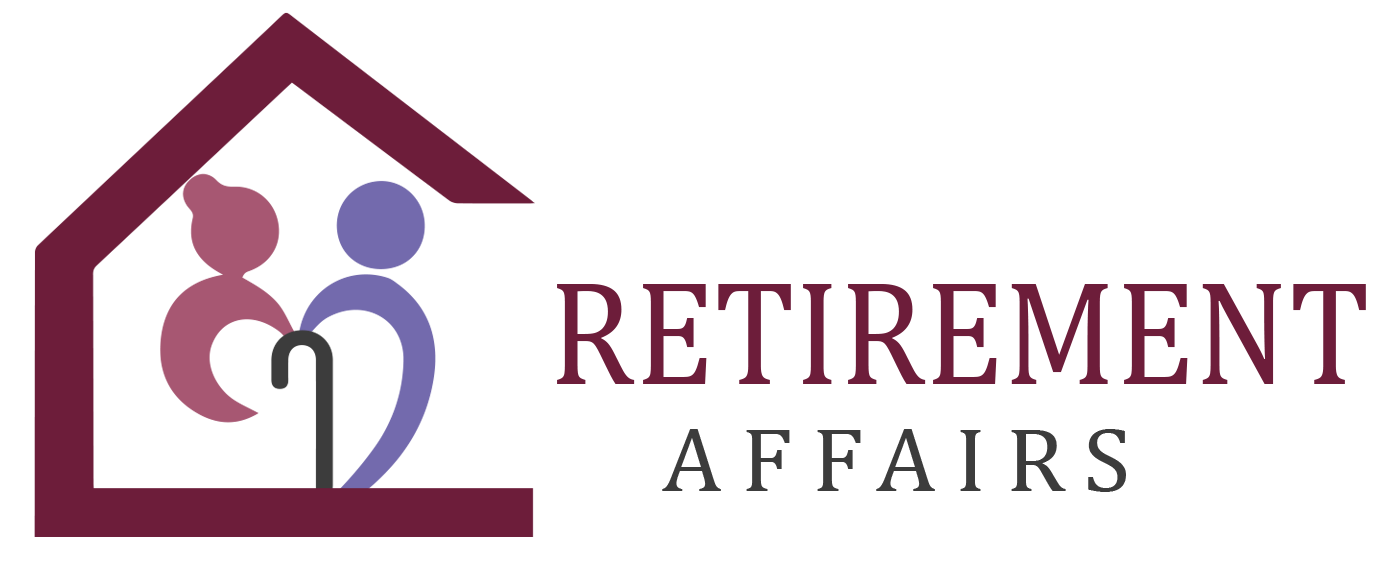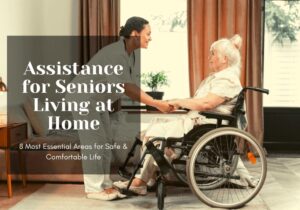Last Updated on: September 8, 2025 by Carlos P. Barry
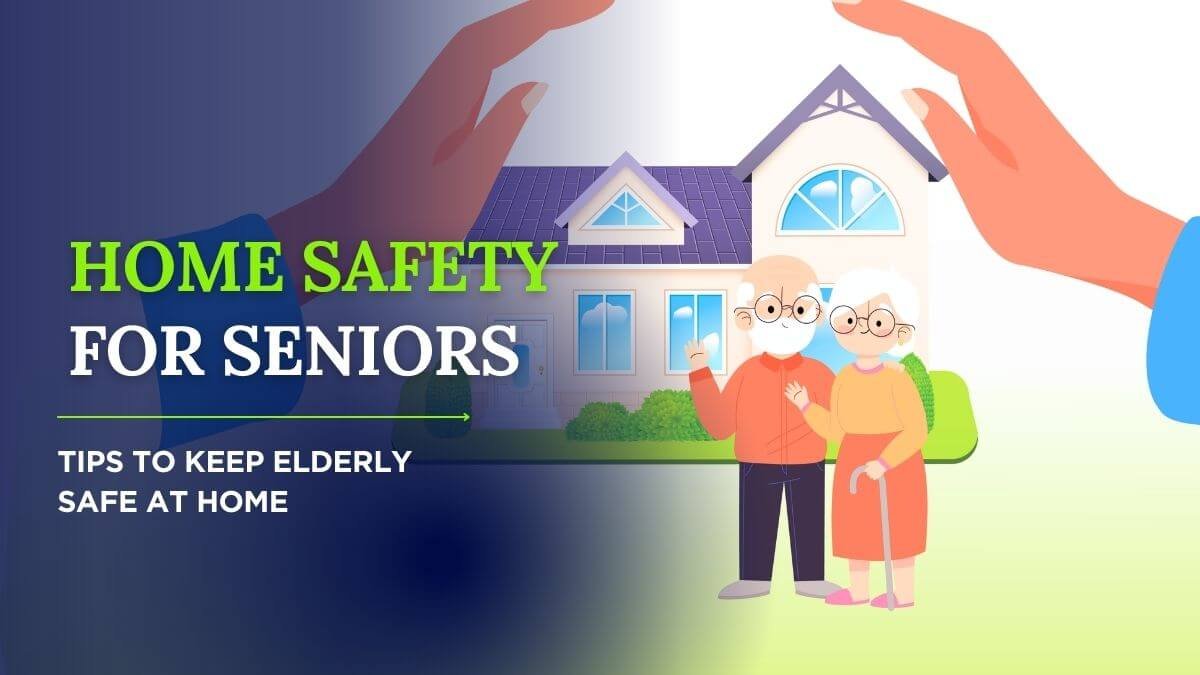
As we age, safety at home becomes increasingly important. Everyday activities like cooking, bathing, or even walking around the house can pose risks for older adults. According to the National Institute on Aging (NIA), home safety is one of the leading concerns for seniors, as falls, fires, and other household hazards contribute to injuries and hospitalizations every year.
The good news is that most accidents can be prevented with a few simple precautions. By making the home environment safer, seniors can maintain their independence, avoid serious injuries, and feel more confident in daily life.
In this comprehensive guide, we’ll cover:
- Hazardous areas at home for the elderly
- Tips on Bathroom Safety for Seniors
- Tips on Kitchen Safety for Seniors
- Tips on Bedroom Safety for Seniors
- Tips on Stair Safety for Seniors
- Lighting Tips for Home Safety
- Home Security Tips for Seniors
- How to Prevent Fire and Related Dangers
- Emergency Phone Numbers Every Home Should Have
- Home Safety Products for Seniors
- Quick Home Safety Checklist for Seniors
- FAQs
Let’s explore how to make homes safer and more comfortable for older adults.
Hazardous areas at home for the elderly
Certain areas of the home pose more risks than others. By identifying these, families can take proactive steps to minimize danger.
1. The Bathroom
The bathroom is one of the most dangerous places for seniors due to slippery floors, wet surfaces, and sharp edges. Falls often occur while getting in and out of the bathtub or shower.
👉 Check out our post Non slip bathroom rugs for elderly.
2. The Kitchen
The kitchen contains stoves, ovens, knives, and hot liquids, all of which can cause burns or cuts. Seniors may also face balance issues when reaching for items in cabinets.
3. The Bedroom
Loose rugs, clutter, and poor lighting in the bedroom can lead to tripping hazards. Seniors often get up at night to use the bathroom, which increases fall risks.
4. The Stairs
Stairs are a significant hazard, particularly if they lack sturdy handrails or are poorly lit. Narrow or steep stairs can make climbing even more dangerous.
5. Lighting Around the Home
Poor lighting is a hidden danger that contributes to many accidents. Without clear visibility, seniors may trip, bump into objects, or miss steps on the stairs.
Tips on Bathroom Safety for Seniors
The bathroom is often considered the most dangerous room in the house for older adults. Slippery floors, sharp corners, and limited mobility can quickly turn routine activities into potential hazards. By making a few smart modifications, seniors can significantly reduce the risk of falls and injuries while maintaining their independence and comfort.
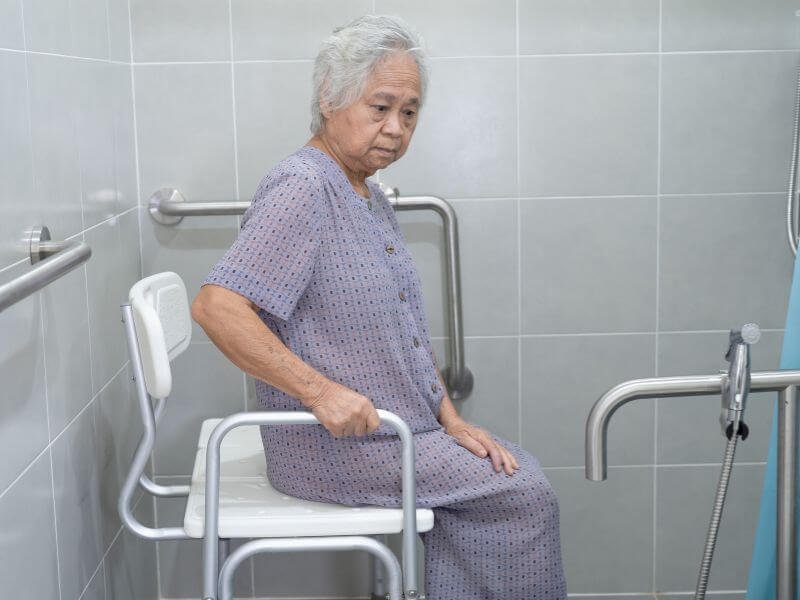
Here’s how to make the bathroom safer:
- Install grab bars near the toilet, bathtub, and shower.
- Use nonslip mats inside and outside the tub/shower.
- Keep the floor dry and free of spills.
- Wear slip-resistant footwear instead of walking barefoot.
- Consider raised toilet seats for easier sitting and standing.
- Install a handheld showerhead for convenience.
👉 See top-rated bathroom safety products on Amazon
A safer bathroom not only prevents accidents but also boosts confidence for seniors who wish to live independently. Small improvements—like grab bars, nonslip mats, and better lighting—can make a big difference in turning the bathroom into a secure and senior-friendly space.
Tips on Kitchen Safety for Seniors
The kitchen is the heart of the home, but for seniors, it can also be a source of accidents. Hot stoves, sharp utensils, and slippery floors create risks that shouldn’t be overlooked. With some planning and adjustments, seniors can enjoy cooking safely and confidently.
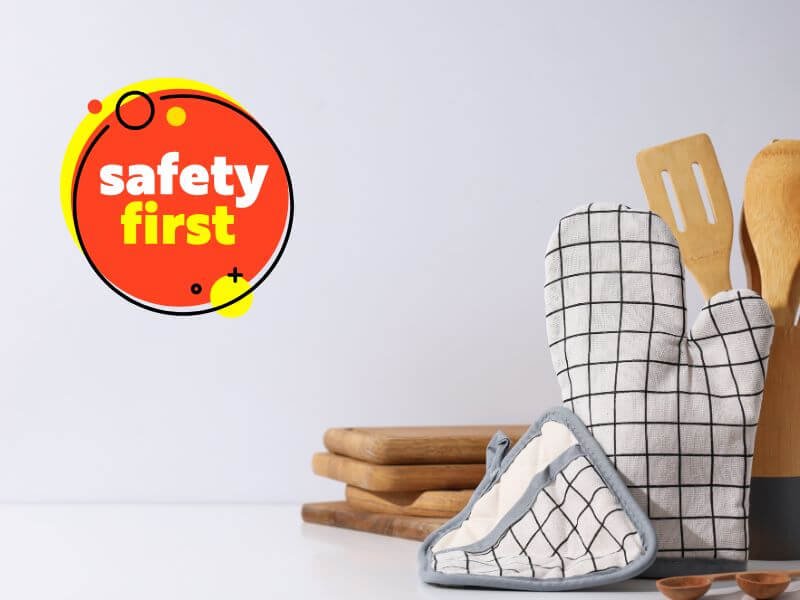
Here’s how to make the kitchen safer:
- Keep floors free of clutter, spills, and cords.
- Always use a cutting board when chopping.
- Avoid wearing loose sleeves near flames or hot surfaces.
- Use appliances with automatic shut-off features.
- Keep a fire extinguisher in the kitchen and know how to use it (NFPA guide).
- Store heavy pots and pans within easy reach.
A safe kitchen means seniors can continue preparing meals without fear of accidents. Simple steps—like decluttering floors, using modern appliances, and keeping safety equipment handy—help ensure cooking remains enjoyable and stress-free.
Tips on Bedroom Safety for Seniors
The bedroom should be a place of comfort and relaxation, but it can also be where nighttime falls often occur. Poor lighting, clutter, and loose rugs are common hazards that put seniors at risk when moving around at night. By improving safety in the bedroom, seniors can rest easier and move around with more confidence.
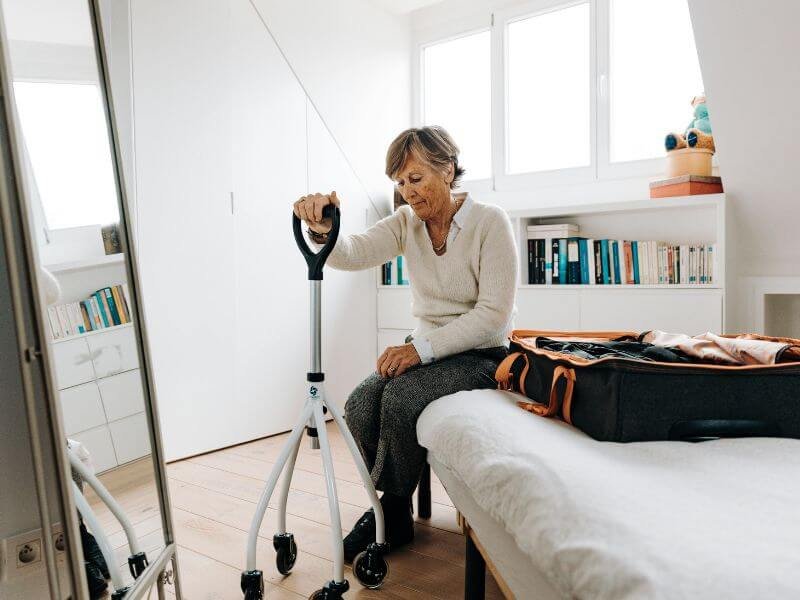
Here’s how to make the bedroom safer:
- Keep the floor clear of cords, shoes, and clutter.
- Place a lamp within arm’s reach of the bed.
- Use nightlights in the bedroom, hallways, and bathroom.
- Remove or secure loose rugs to prevent trips.
- Install bed rails if mobility is limited.
👉 Check out our post Bed rails for seniors.
Making bedrooms safer is about more than fall prevention—it’s about peace of mind. With small adjustments like proper lighting and bed rails, seniors can sleep better knowing they are protected from nighttime accidents.
Tips on Stair Safety for Seniors
Stairs present one of the biggest challenges for seniors, especially those with mobility or balance issues. A single misstep can lead to serious injury. However, with some practical upgrades, stairs can be made much safer and easier to navigate.
Here’s how to improve stair safety:
- Install handrails on both sides of the stairs.
- Make sure steps are well-lit with overhead lights or step lights.
- Use nonslip treads on each step (CDC fall prevention).
- Remove clutter and keep stairs clear.
- If possible, install a stair lift or home elevator.
Stair safety is crucial for maintaining independence in a multi-level home. Whether through adding secure handrails or investing in a stair lift, these changes allow seniors to move between floors with far less risk.
Lighting Tips for Home Safety
Good lighting is often underestimated but plays a key role in preventing falls and accidents. Dimly lit areas make it difficult for seniors to see obstacles, navigate stairs, or detect hazards. With a few upgrades, lighting can dramatically improve home safety.

Here’s how to enhance lighting at home:
- Install motion sensor lights outdoors.
- Place nightlights in hallways, bathrooms, and stairways.
- Use bright bulbs in commonly used rooms.
- Replace burnt-out bulbs promptly.
- Avoid glare by using lampshades or diffused lighting.
👉 Best motion sensor lights for seniors
Better lighting equals better safety. By keeping the home well-lit, especially in high-risk areas like stairs and hallways, seniors can reduce falls and move around their homes with confidence day or night.
Home Security Tips for Seniors
While many seniors focus on preventing falls, home security is just as important. Older adults are often targeted by criminals, making it crucial to safeguard against break-ins and scams. With the right measures, seniors can feel safe inside their homes.
Here’s how to improve home security:
- Install a home security system with cameras or alarms.
- Keep doors and windows locked at all times.
- Use timer switches for lights when away.
- Store valuables in a safe place out of sight.
- Ask a trusted neighbor or family member to check on your home.
- Consider a personal emergency response system (PERS) (NIH guide).
Peace of mind comes from knowing you’re safe. By adding security systems, locking doors, and using PERS devices, seniors can reduce risks from outside threats and focus on enjoying life at home.
How to Prevent Fire and Related Dangers
Fire is one of the deadliest home hazards for seniors. Reduced mobility and slower response times make escaping quickly more difficult. That’s why prevention and preparation are vital in protecting older adults from fire-related dangers.
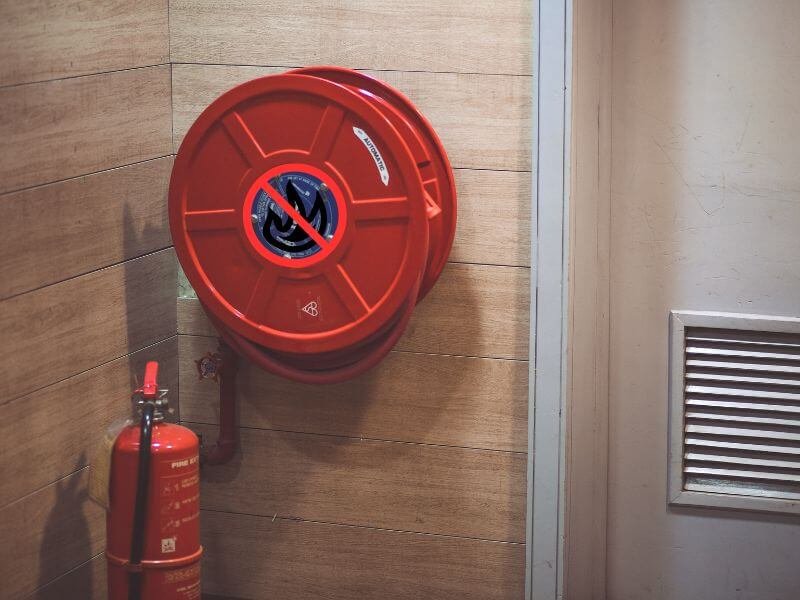
Here’s how to reduce fire risks:
- Never leave candles unattended.
- Avoid smoking in bed.
- Keep matches and lighters out of reach of children.
- Install smoke alarms on every floor and outside bedrooms.
- Test smoke alarms monthly; replace batteries annually.
- Have a fire escape plan and practice it regularly.
- Keep a fire extinguisher in key areas like the kitchen.
Fire safety is life-saving. By combining prevention measures, regular alarm checks, and a solid escape plan, seniors can significantly reduce their risk of injury in a house fire.
Emergency Phone Numbers Every Home Should Have
In an emergency, time is critical. Having important numbers in plain sight ensures that seniors or caregivers can quickly call for help. This simple step can make all the difference in urgent situations.
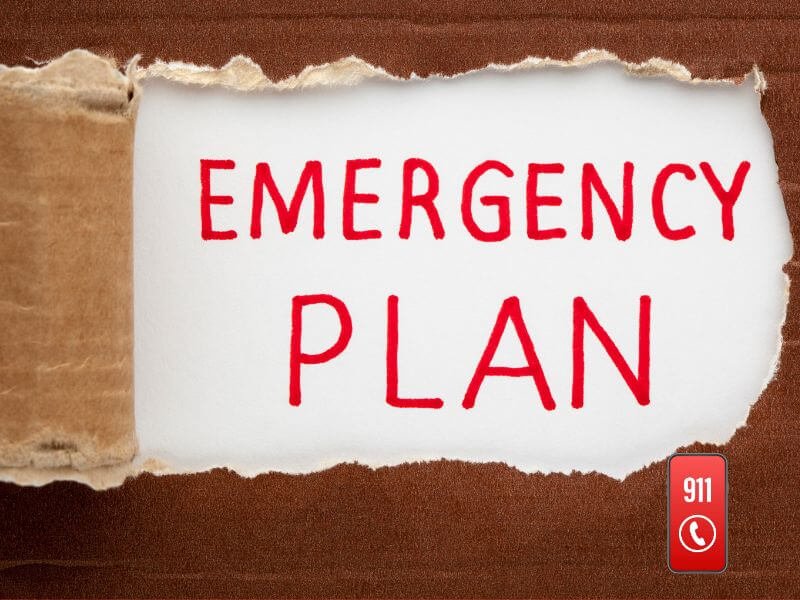
Here are the essential numbers to keep handy:
- 911 (for emergencies)
- Local fire department
- Local police department
- Poison control center (1-800-222-1222)
- Family doctor or nearby hospital
- A trusted neighbor, friend, or relative
Keeping emergency numbers visible and accessible is a small but powerful step in home safety. Along with a medication and allergy list, these contacts ensure that help is always just a phone call away.
Home Safety Products for Seniors
Simple tools and products can drastically improve home safety for seniors. Many are affordable, easy to install, and immediately reduce common risks like falls and slips. Investing in the right products is one of the quickest ways to create a safer living space.
Recommended products include:
- Bathroom grab bars
- Non-slip shower mats
- Raised toilet seats
- Bed rails
- Portable wheelchair ramps
- Stair lifts
- Motion sensor lights
- Automatic light switches
- Handheld showerheads
- Fire extinguishers
Home safety products are valuable investments that make daily life safer and easier. From grab bars to stair lifts, these tools help seniors maintain independence while preventing accidents.
Quick Home Safety Checklist for Seniors
Here’s a simple checklist you can follow to keep your home safe:
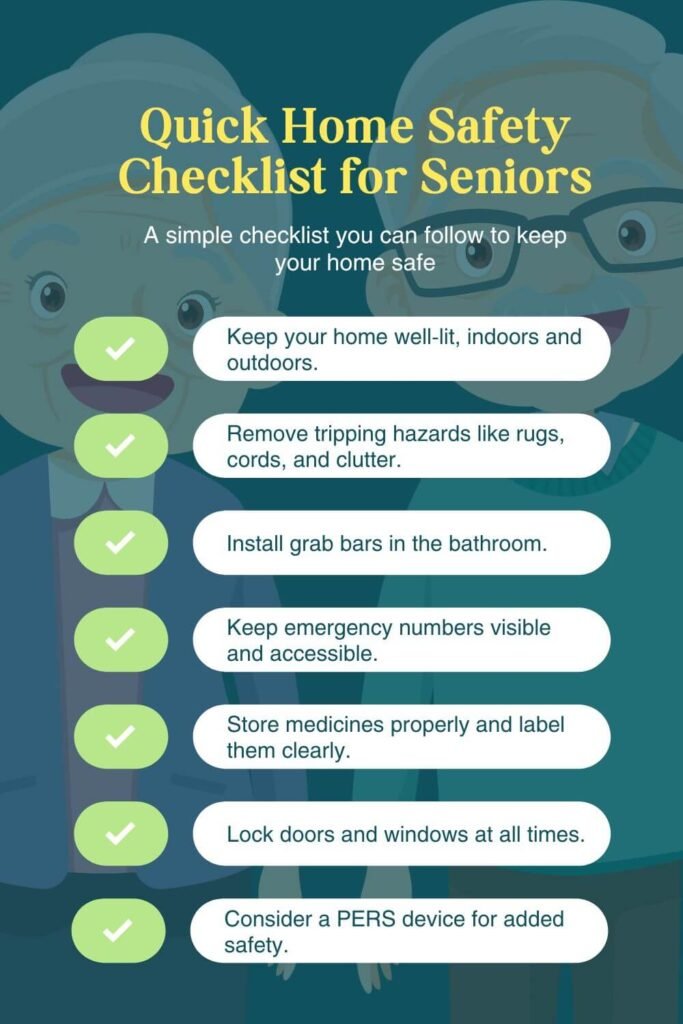
✅ Keep your home well-lit, indoors and outdoors.
✅ Remove tripping hazards like rugs, cords, and clutter.
✅ Install grab bars in the bathroom.
✅ Use nonslip mats in showers and tubs.
✅ Keep emergency numbers visible and accessible.
✅ Test smoke alarms and carbon monoxide detectors.
✅ Store medicines properly and label them clearly.
✅ Lock doors and windows at all times.
✅ Have a working fire extinguisher.
✅ Consider a PERS device for added safety.
Home safety for seniors is about more than preventing falls—it’s about creating an environment where older adults can thrive with independence, comfort, and peace of mind. By addressing hazardous areas like the bathroom, kitchen, stairs, and bedroom, as well as improving lighting and security, seniors can reduce their risk of accidents.
Small adjustments—such as adding grab bars, improving lighting, or installing a home security system—make a big difference. Families should also prepare for emergencies with updated contact numbers and fire safety plans.
FAQs
Q1: What are the most common home safety hazards for seniors?
The most common hazards include slippery bathroom floors, poor lighting, cluttered walkways, unsafe stairs, and kitchen fire risks.
Q2: How can seniors make their bathrooms safer?
Seniors can install grab bars, use nonslip mats, raise toilet seats, and keep floors dry to reduce bathroom accidents.
Q3: What home safety products help prevent falls in seniors?
Helpful products include bed rails, grab bars, nonslip mats, stair lifts, and motion sensor lights.
Q4: Why is home security important for seniors?
Seniors are often targeted by criminals, so home security systems, locked doors, motion lights, and personal emergency response systems provide added safety.
Q5: What emergency numbers should seniors keep handy?
Seniors should keep 911, local police, fire department, poison control, doctors, and a nearby relative or neighbor’s number visible and accessible.
YOU CAN ALSO READ :
*Retirement Gifts for Coworkers: Best 19 Surprising and Delightful Ideas
*Best 15 Hobbies for Elderly at Home to Keep Them Busy and Happy
*Best 17 Outdoor Adventures for Seniors to Stay Active and Have Fun
*15+ Fun and Safe Beach Games for Seniors to Stay Active, Social, and Healthy
